In 2012 we’ve seen tablets’ screen resolution expand to stunning levels; smaller tablets prove that they too can offer sublime performance; and a particularly distinctive approach to edging out the competition with the ‘write’ stuff. Here is our pick for this year’s top 5 tablets.

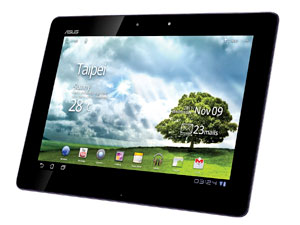
 Asus Eee Pad Transformer Prime
Asus Eee Pad Transformer Prime
While Asus’ Transformer Prime tablet was launched in the first quarter of the year, it managed the admirable feat of leaving a lasting impression right through to the end. In part, this was due to the excellent performance offered by the Tegra 3 quad-core processor, plus the superlative build quality and stylish aesthetics that have become the norm for the company. No less compelling though was the fact that we could firmly clip it to its keyboard dock. Suddenly, it felt like we had a 10.1" ZenBook in our hands, capable of lasting an enviable 17 hours when so wedded.

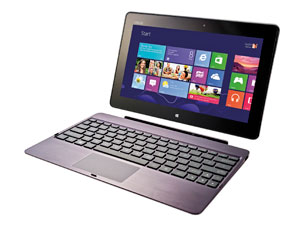
 Asus VivoTab RT
Asus VivoTab RT
Leading the charge of Windows RT tablets is yet another excellent device from Asus, in the VivoTab RT. Decked in the attractive, semi-casual OS-wear that is Windows RT, the tablet brings Asus’ best to the new operating system. An excellent build quality; bright, sharp and responsive 10.1" touchscreen, and very fluid and snappy performance thanks to a Tegra 3 quad core processor, made this tablet an endearing alternative to those tablets wearing Android or iOS.
Moreover, it also boasts the best – and easiest to type on – mini keyboard dock that we have seen to date. When separated, the tablet on its own is a worthy contender, but joined together, the formidable battery life of 16 hours makes this a winning combo. See the full review on p14.

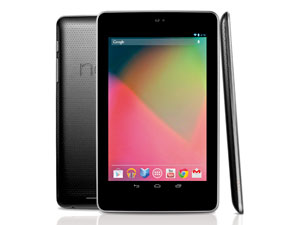
 Google Nexus 7
Google Nexus 7
Living up to the adage that dynamite comes in small packages, Google’s Nexus 7 (manufactured by Asus) redefined what an affordable 7" tablet could look and perform like. It may be the least expensive, smallest and most portable tablet on our list, but the Nexus 7 stills packs a performance punch.
With a Nvidia Tegra 3 quad core processor (at 1.3 GHz), 1 GB of memory and the latest version of Android 4.2 (Jelly Bean), the Nexus 7’s speed and responsiveness is simply a joy in practical use.

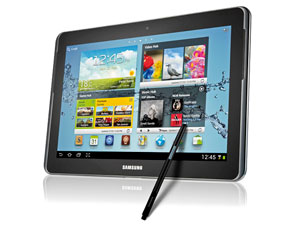
 Samsung Galaxy Note 10.1
Samsung Galaxy Note 10.1
Samsung’s Galaxy Note 10.1 tablet showed the company was moving in the ‘write’ direction, as its Galaxy Note 10.1 won us over by allowing the easiest and most accessible way to write and draw on a tablet that we’ve seen to date. Along with a respectable screen resolution of 1280 x 800 (149 ppi), the tablet made us swoon at its responsiveness, thanks to its Exynos Quad-core 1.4 GHz processor and a decent 2 GB of memory.
No less heartening was the microSD expandable storage slot and the ability to open different apps side by side, affording a degree of multitasking that even the mighty iPad can’t yet lay claim to.

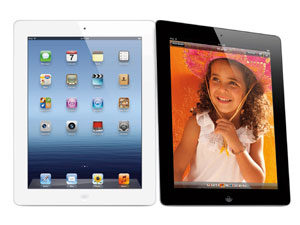
 Apple New iPad (iPad 3)
Apple New iPad (iPad 3)
Apple’s hold on the tablet space was only strengthened this year with its iPad 3 (more officially called the New iPad). This is in no small part due to the introduction of a jaw dropping Retina display that boasts a 2 048 x 1 536 resolution, supported by the A5X processor’s quad-core graphics.
While being slightly heavier and a little thicker than its predecessor, this doesn’t detract from its appeal, particularly as its price has come down somewhat and it still boasts the same ten and a half hour battery life of the iPad 2. The iPad 3’s biggest drawback and source of new owners’ frustration? The more recent release of the even newer iPad 4. [RN]